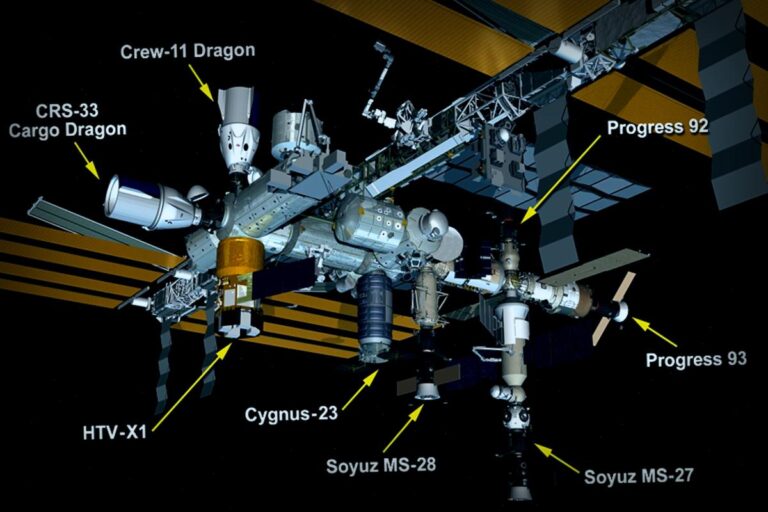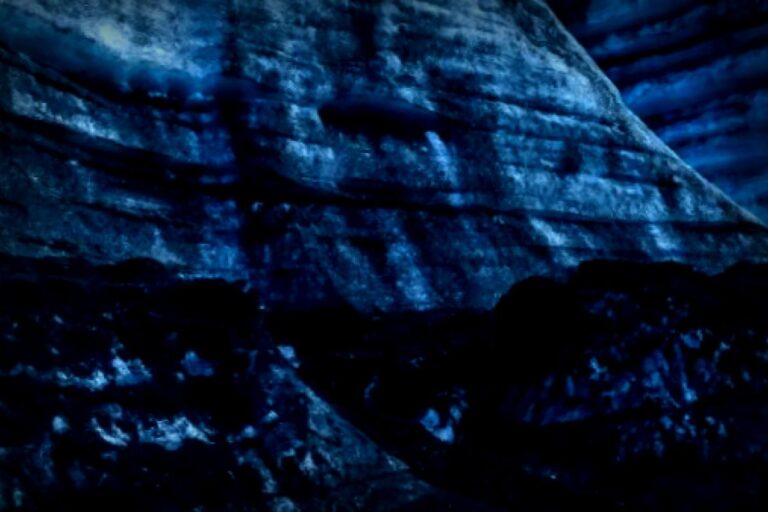Last week, researchers made waves by announcing the discovery of 30 unknown species lurking in the remote Antarctic waters. This incredible feat shines a spotlight on how much more there is to learn about the world’s deep-sea environments.
The spotlight is particularly on a fascinating carnivorous sponge d the “death-ball sponge,” alongside some striking black corals—just a sample of the unique marine life uncovered during two research missions in the Southern Ocean this year.
In August, a workshop dedicated to discovering new Southern Ocean species confirmed the spongy addition (Chondrocladia sp. nov). Among the treasure trove of findings are vibrant, armored scale worms, graceful sea stars, and various unusual crustaceans. Additionally, researchers have identified rare gastropods and bivalves that thrive in conditions brought on by volcanic and hydrothermal activity. Interestingly, they also noted the presence of “zombie worms,” fascinating creatures that lack both a mouth and gut, first officially recognized back in 2002.
But hold on! More surprises might be waiting to surface, as authorities report that less than 30 percent of the collected samples have even been examined so far!
James Barry, a senior scientist at the Monterey Bay Aquarium Research Institute, previously highlighted an urgent need to understand diversity in this little-explored ecosystem. He pointed out that vast portions of deep ocean knowledge remain hidden in the shadows. His statement in 2020 is as relevant now as it was then.

Now, five years later, Barry’s comments still resonate. Expeditions helmed by Michelle Taylor, the science head of the Nippon Foundation-Nekton Ocean Census, indicate that the Southern Ocean remains drastically under-researched.
The first expedition took researchers to the South Sandwich Islands, where they explored volcanic craters and the seafloor regions related to both Montagu and Saunders Islands using an incredible remotely-operated vehicle named SuBastian. Over the course of this mission, nearly 2,000 specimens were collected across 14 different animal groups, along with many hours of video footage. Simple yet thrilling discoveries also featured some newly recorded hydrothermal vents nearly 3,000 feet deep, coral hotspots, signs of past underwater volcanic activity, and the hard-earned footage of a juvenile colossal squid.

The second expedition explored this exciting Bellingshausen Sea, close to West Antarctica. Here, the team had the unique opportunity to study an environment that emerged post the split of Iceberg A-84 from the George VI Ice Shelf—a world obscured by 500 feet of ice is finally being revealed!
Yet, challenges loomed. Taylor shared with the BBC that conducting research in such an isolated region made their task even tougher. During these expeditions, the nearest humans were occupants of the International Space Station. It’s incredibly isolated, Taylor emphasized, adding that the preservation of these precious environments is crucial as only a handful remain.
Now there’s a pressing need to document these remote underwater worlds before it’s too late.
Regrettably, scientists yearn for an awareness of urgency reflected in their typical routine: exploring an environment only to exploit it afterwards. Sadly, with the ocean, we seem to have flipped that order—operating with extraction in mind even before grasping what treasures lay within, pointed out marine biologist Edith Widder during her 2021 interview with YaleEnvironment360. Pollution, chemical runoff, and human activities add to the challenges faced by these underwater ecosystems.
With many of these latest marine welcomes threading into a growing body of research, it becomes clear: we’re at risk of losing a distinctive marine diversity that we have yet to fully understand, further highlighting how much remains in the depths of our planet’s vast blue oceans.
















